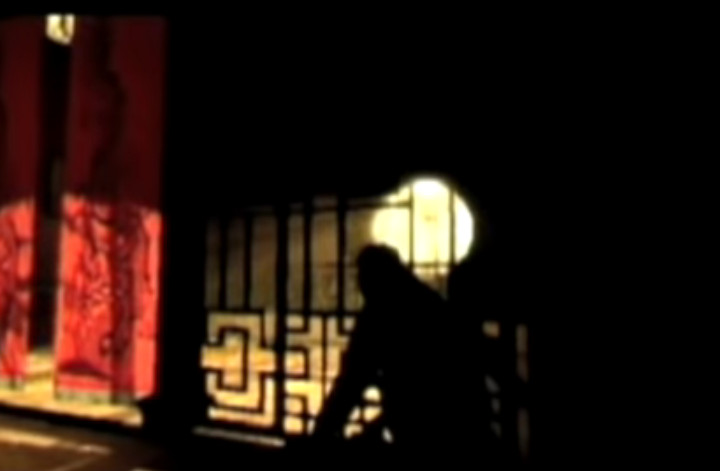
I am not much of a PC gamer, so I don’t usually get up in arms about having to use multiple launchers to play games from various storefronts or ecosystems. If anything, this just reminds me of using multiple consoles. The biggest challenge this presents is that I need to remember which game was bought where so I know which launcher to utilize. GOG has done me a great service in this regard, allowing me to link my entire catalogue to their app, which will initiate the appropriate launcher for me.
Everything was coming up roses until I purchased my first Ubisoft title through the Epic Games Store. 2002’s Tom Clancy’s Splinter Cell would turn my world upside-down like so many Christopher Nolan action sequences.
Upon completing the download, I excitedly clicked the Launch button, anxious to dive back into a beloved classic from my gaming past. The problem? Every time I clicked Launch on GOG, it would pause for a second, then go back to displaying the Launch prompt. After clicking that dang prompt a few times, I figured there must be an issue with GOG, so I fired up the Epic Games launcher to go right to the source. But again, a message that the game was launching would display, only to stop short of any sort of actual launch. Cape Canaveral this ain’t.
At this point, I uninstalled the game and downloaded it a second time, thinking perhaps the original install might have been corrupted. But 45 minutes later, I got nothing but the same rigmarole. Not one to immediately admit defeat, I rigorously mashed the Launch button for much longer than any reasonable adult ever should. But finally, begrudgingly, I had to turn to my Google overlord.
Older results put the blame on the UbisoftGameLauncherInstaller.exe file. More recent results suggested signing into Ubisoft Connect, triggering any necessary updates, and then launching the game. So I followed the steps listed by more recent search results.
When I first signed into Connect, all the games I owned on my various gaming consoles were displayed, but it didn’t show Splinter Cell. After a quick update, sure enough, there were the first two Splinter Cell games freshly purchased. This gave me hope I was on the right track.
I closed Connect, went back to Epic, and launched the game again. It was at this point that Ubisoft Connect opened and launched the game.

My mind was blown, although it shouldn’t have been. After all, Ubisoft is very adamant about corralling its player base into its own ecosystem. Apparently uPlay (Ubisoft’s older service) had become Ubisoft Connect in 2020. Once I connected those dots, all the other dots sort of fell into place.
At the end of the day, I was able to play Splinter Cell, which was what I set out to do in the first place. Mission accomplished, I guess.
So if you, dear reader, find yourself in a similar predicament, hopefully this article (inspired by my own ignorance, admittedly) will help you run any Ubisoft game purchased on the Epic Games Store. Now I just need to get acclimated to playing Splinter Cell using a keyboard and mouse, since neither Epic nor Ubisoft Connect seem to offer controller support.
Were you able to play with an Xbox 360 or Xbox One Controller?
With proper button mapping?
Edit: I got the answers at the end of your article.